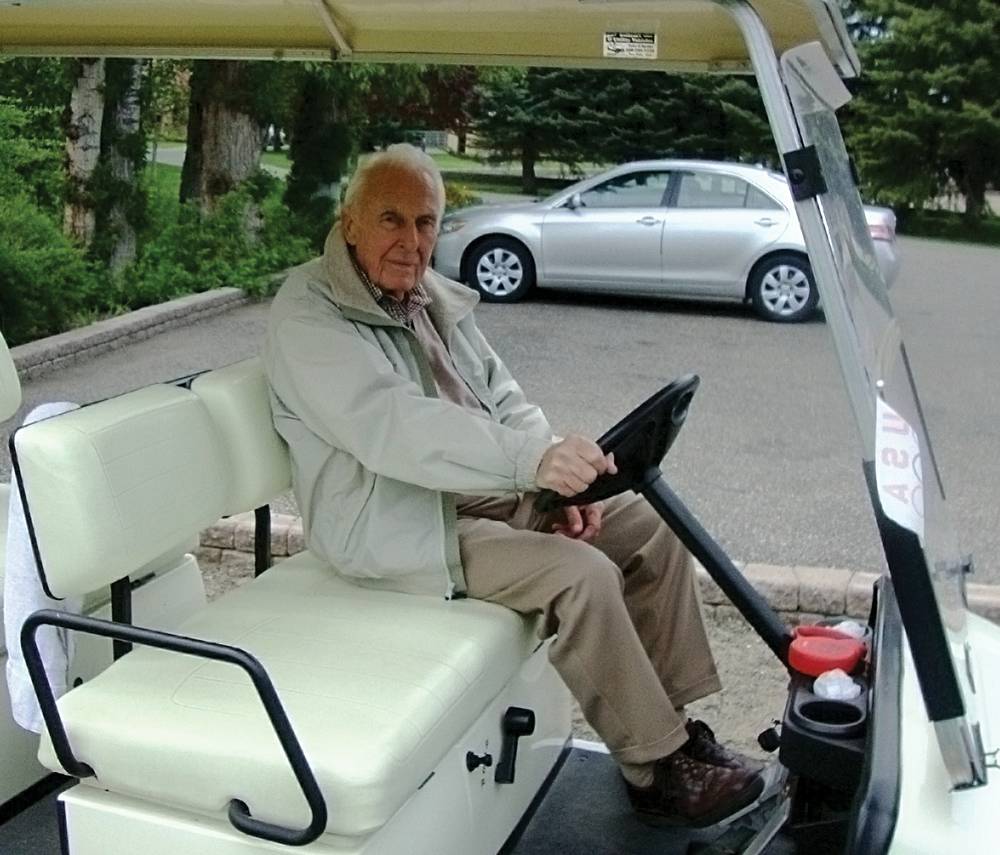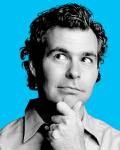One story in the news caught my eye as I flew to Sun Valley, Idaho, a few weeks ago to interview the man who made Vegas possible. Some Clark County commissioners were kvetching over whether to allow the use of some redevelopment money to help finance a new arena on the property formerly occupied by Wet N Wild, an idea they eventually nixed.
One intriguing reason: They feared that the competition with the Thomas & Mack would harm UNLV’s cash flow. That made some sense to me, but a few hours later, when I arrived at my destination, I decided to ask someone who ought to know. I mean, after all, Parry Thomas is the “Thomas” in the university landmark, and that first arena—and the university itself, really—was built largely because he and Jerry Mack acquired the land for it.
“Oh, that’s bull,” the 89-year-old Thomas replied. “There will have to be an adjustment, but I’m all for the new arena. It’s great for business and anything that’s great for business is great for the university. We add a big sports center and we add all kinds of activities. You get major sports, you’ll get some of the biggest gamblers in the world down there. There’s certainly room for two venues.”
Before you write this off as the mutterings of an out-of-touch oldster, keep in mind the speaker’s track record. In the 1960s, bankers Thomas and Mack loaned money to casinos when nobody else would. Because they secured the capital, the “good old days” happened.
You know what else Thomas thinks would held Vegas recover? Fancy this: “The most important thing to help Vegas is to get a train up and running from LA. You get even a slow train, I don’t care, with all the gimmicks to make it fun, that would be the single biggest thing.”
Clearly, Thomas is pro-growth, even—or perhaps especially—these days. Yes, he likened CityCenter unfavorably to a French railway station, but he admires MGM’s daring. They’ll soften the interior coldness, he insists, and eventually it will hum.
You might expect Thomas to disparage CityCenter’s design, seeing how his own son is Wynn’s chief designer, but then consider what he says about Wynn’s arch nemesis: Sheldon Adelson “has done a fantastic job, especially in the Orient. The Singapore thing is going to be really something. Sands is probably the best stock on the board right now.” His wife jumped in to ask, “Really?” So Thomas hastened to add, “Aside from Wynn, of course.”
Incidentally, these are not, contrary to popular belief, Vegas’ only bad times. In the 1960s, just two resorts—Stardust and Desert Inn—were consistently solvent. Thomas regularly got calls from casino bosses needing midnight cash infusions to survive. The banker would borrow the dough from the Stardust cage and repay it when the bank vaults opened in the morning.
There was a project he warned against: Our now-bankrupt, badly placed monorail. He was a big booster in the 1980s of a $6 million bond issue to build a train from McCarran to Downtown, running up the Strip’s center. The cabbie unions killed it; imagine how different transportation would be today.
Thomas was a Vegas contemporary of many (reformed?) mobsters, but he also knew organized crime had to go. Not on moral grounds, he said, but because the business model of skimming profits and not reinvesting in properties was unsustainable.
So, does he miss the mob days much? Uh, no.
“Oh, it was more colorful, those guys were all characters,” he said. “But it wasn’t better. We have bigger, more beautiful hotels now. Back then, it was so intimate, the ordinary person might know a pit boss or a dealer. That’s why they thought those days were better. But they’re not right.”








Previous Discussion: